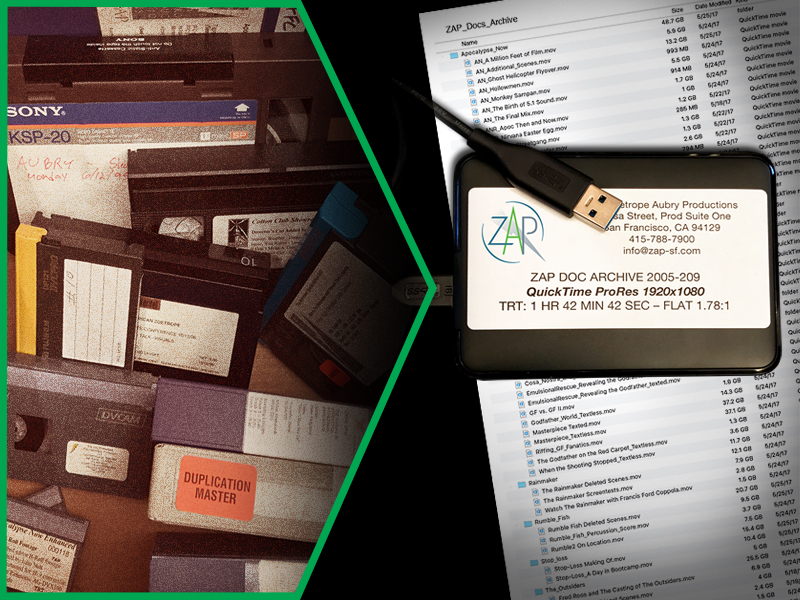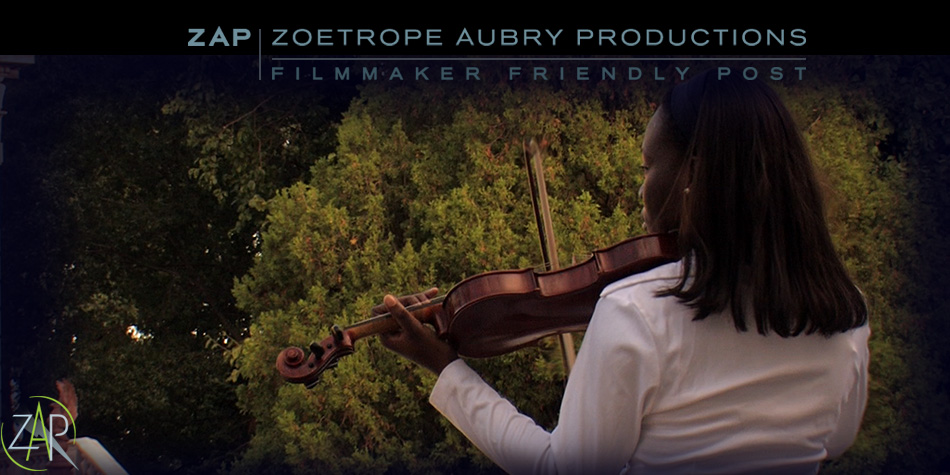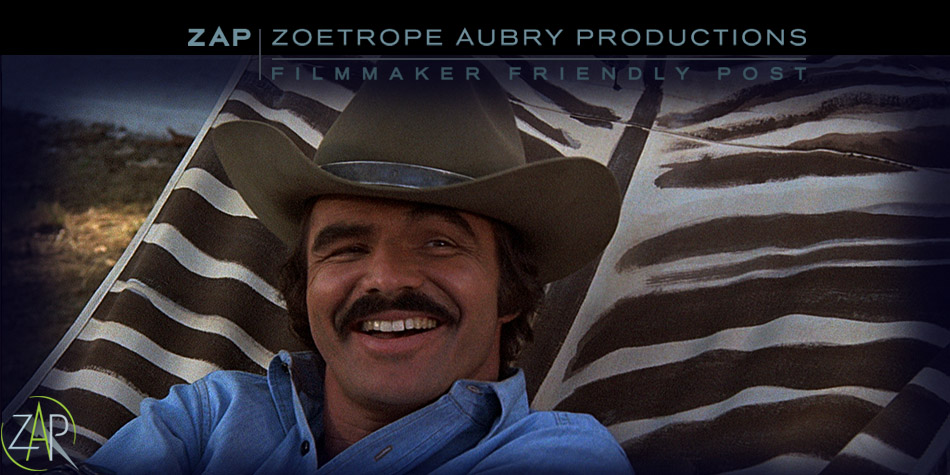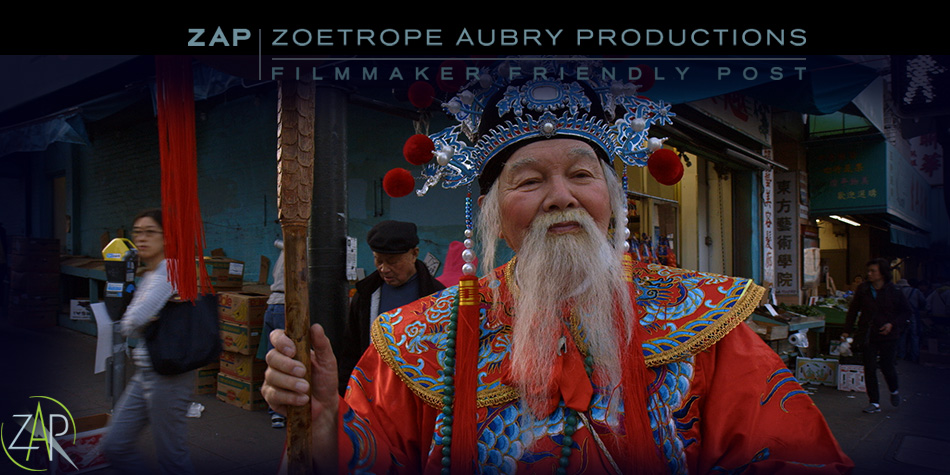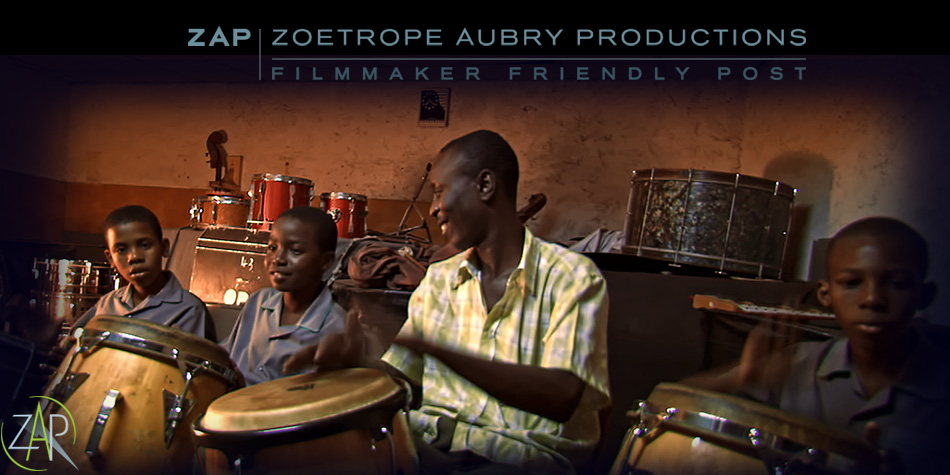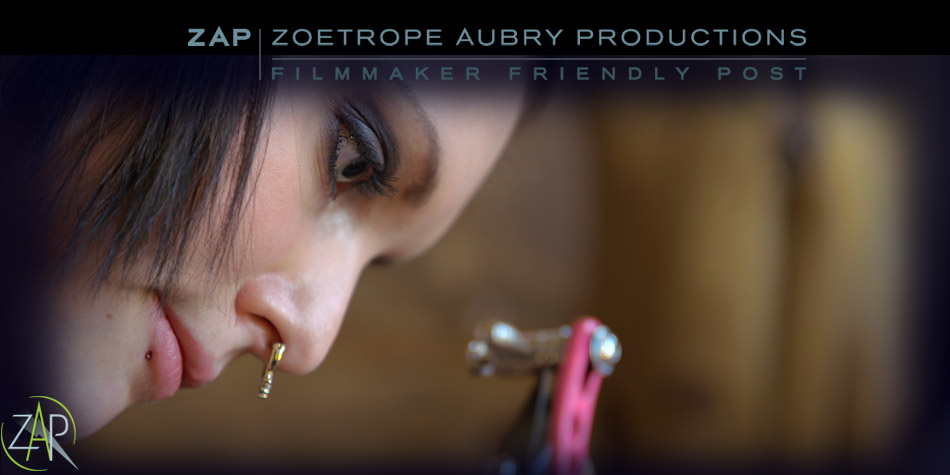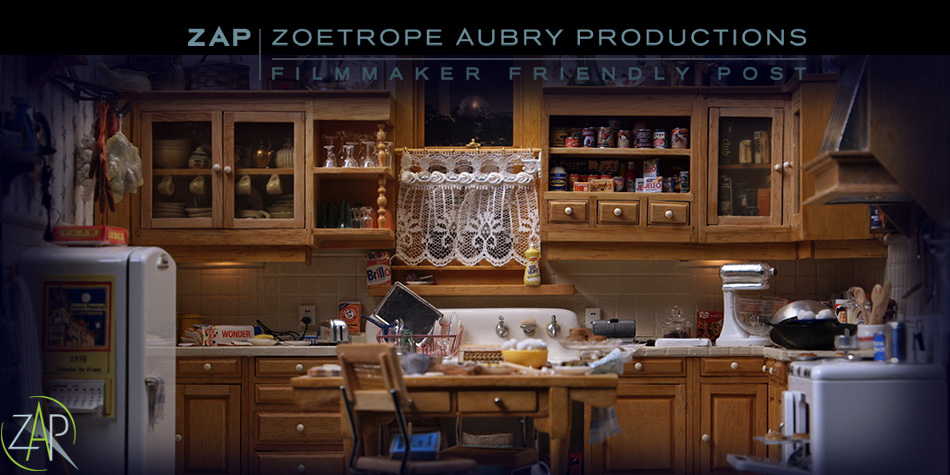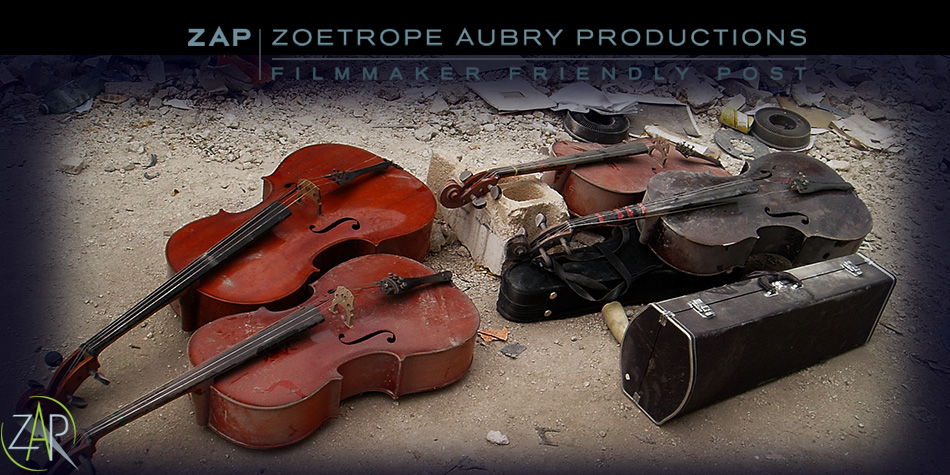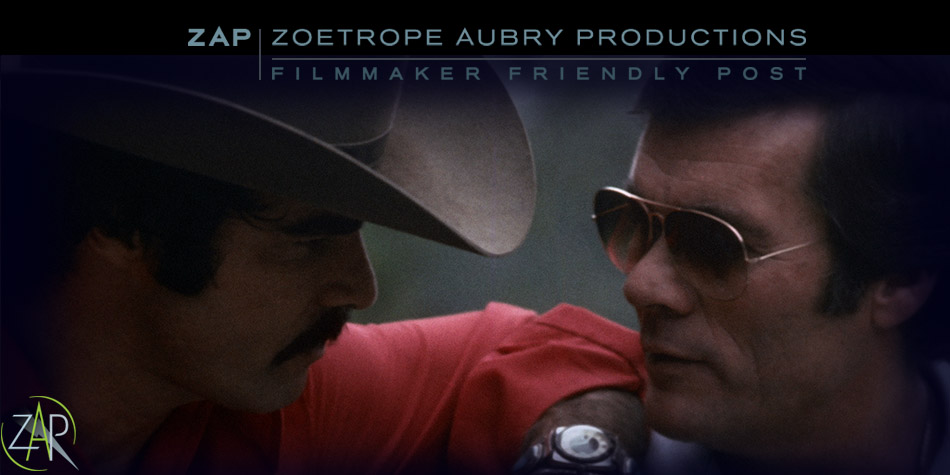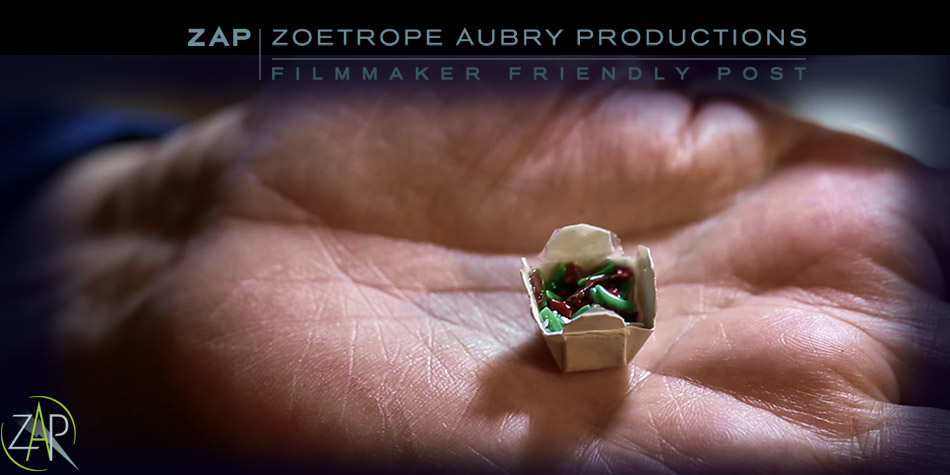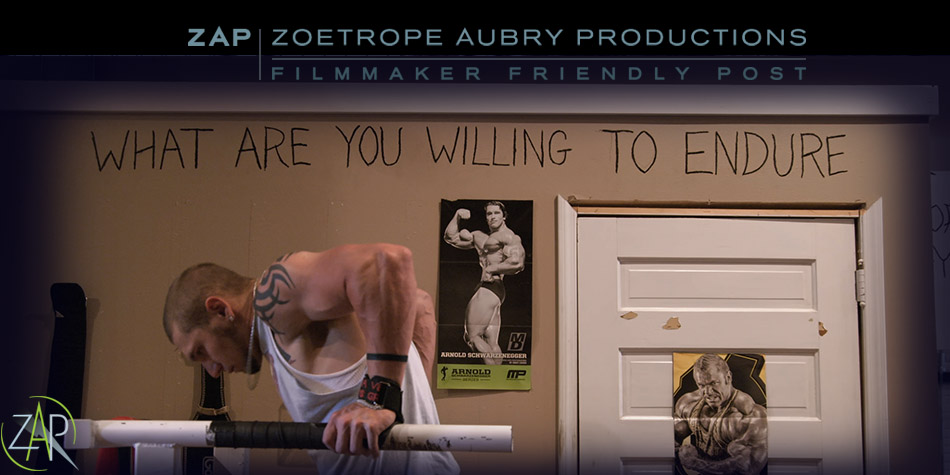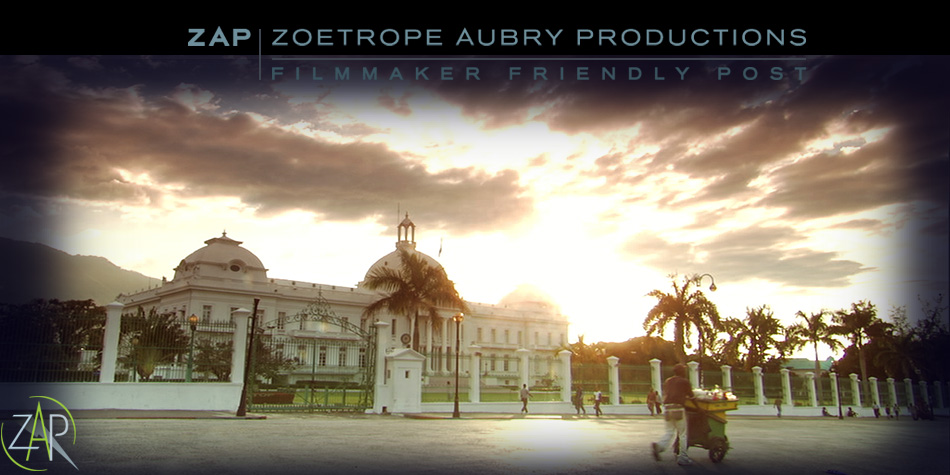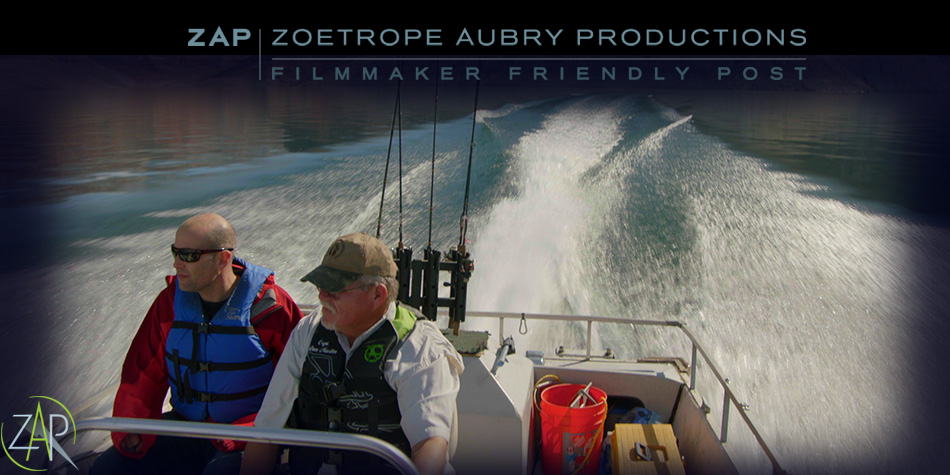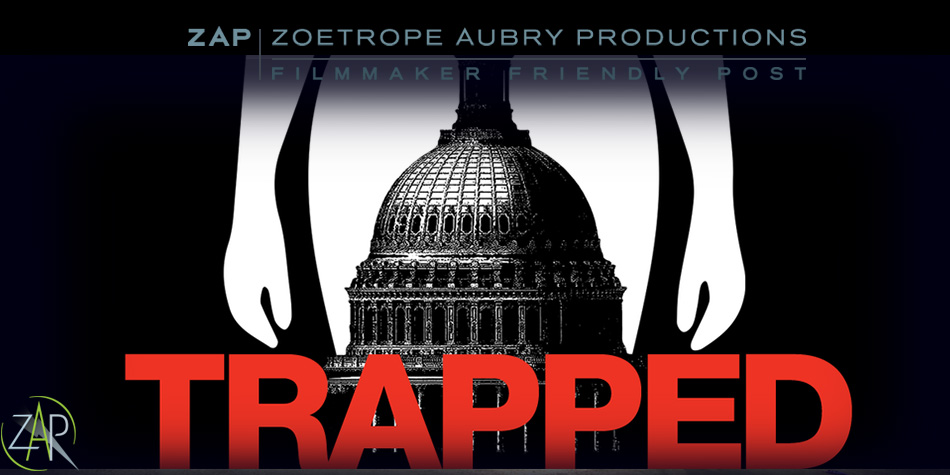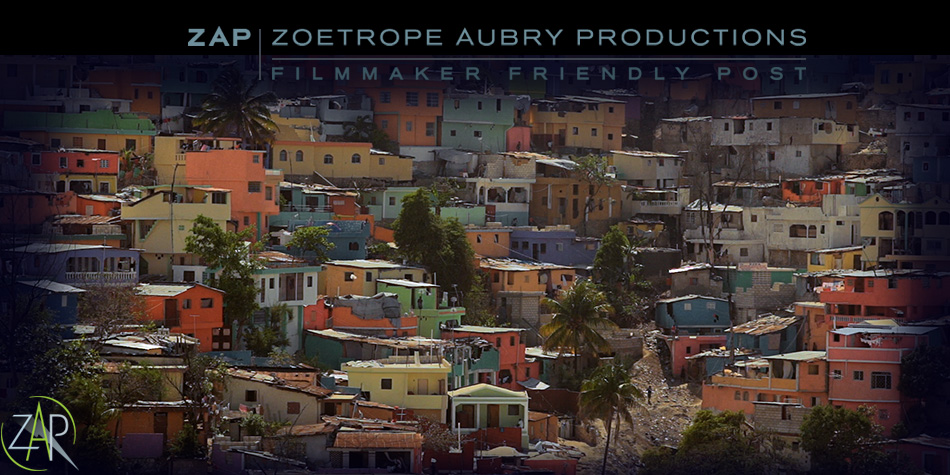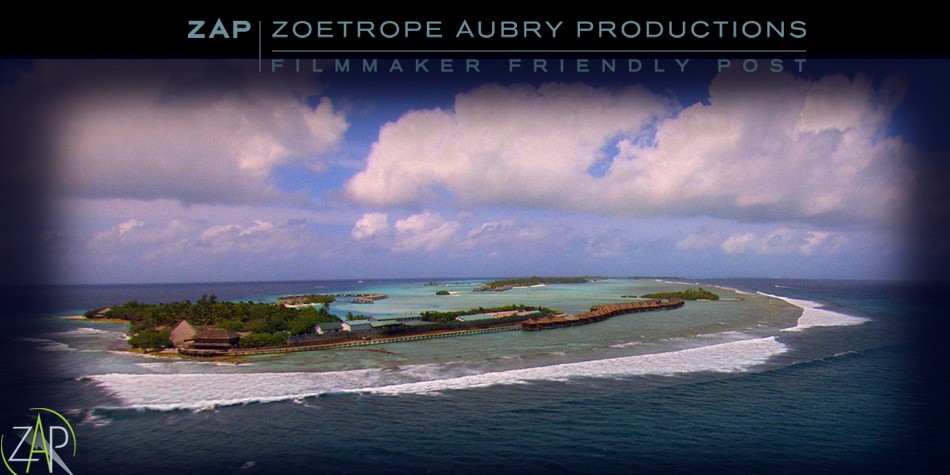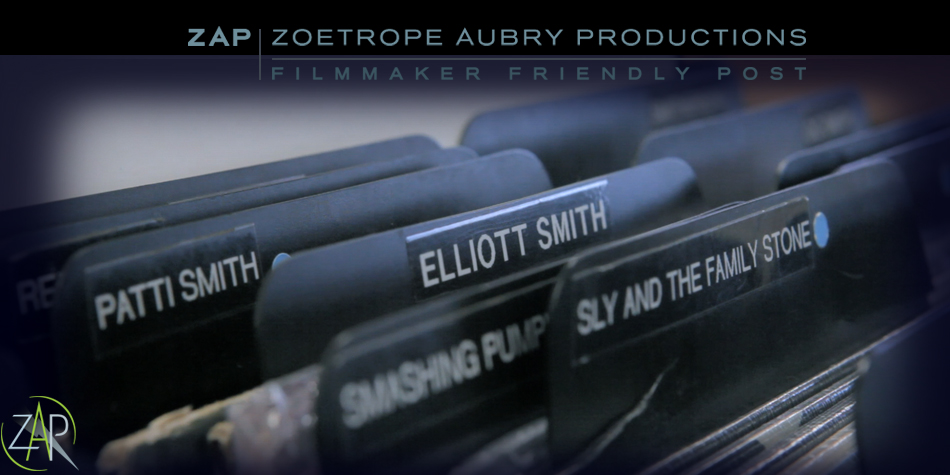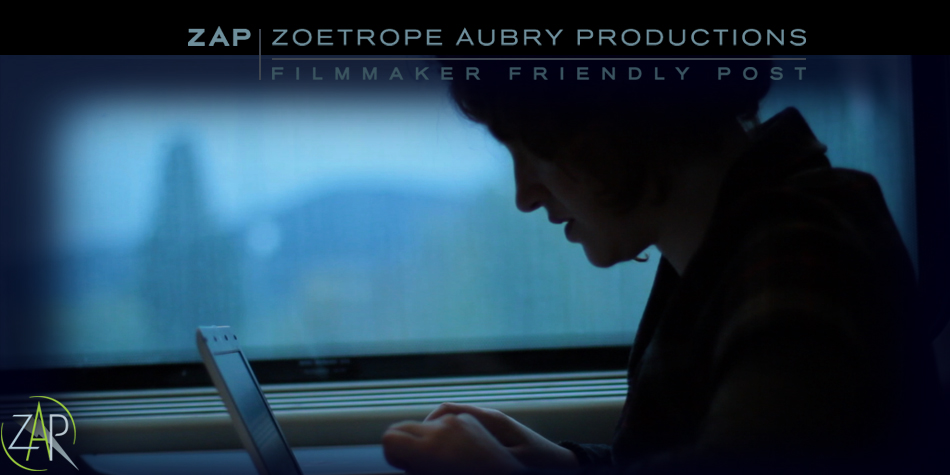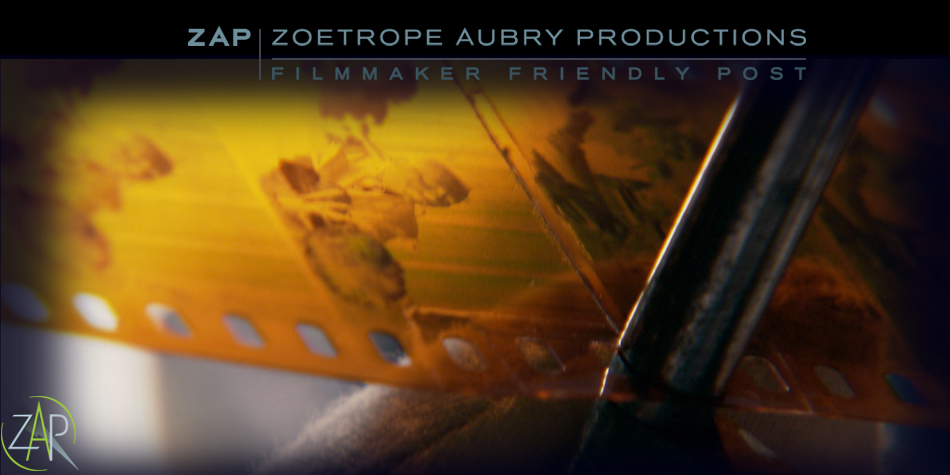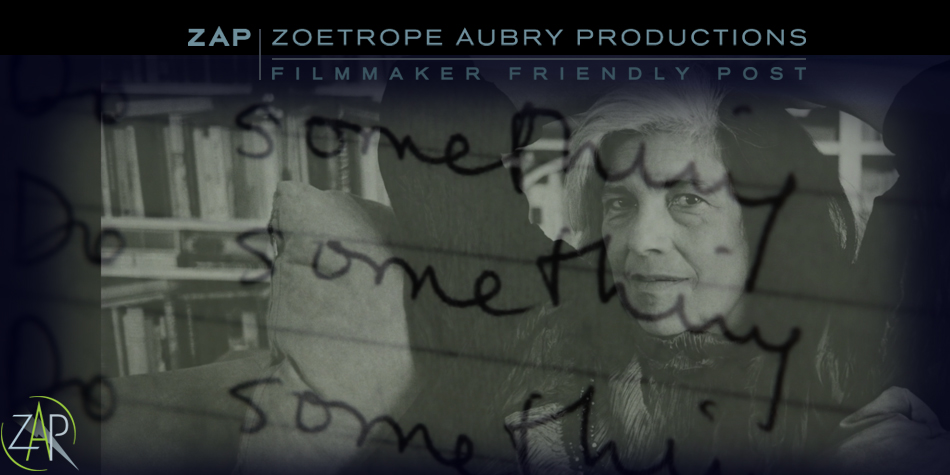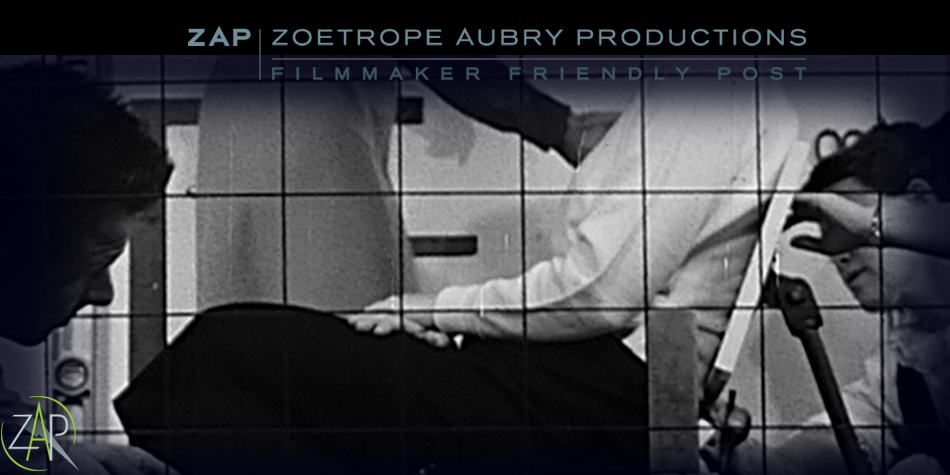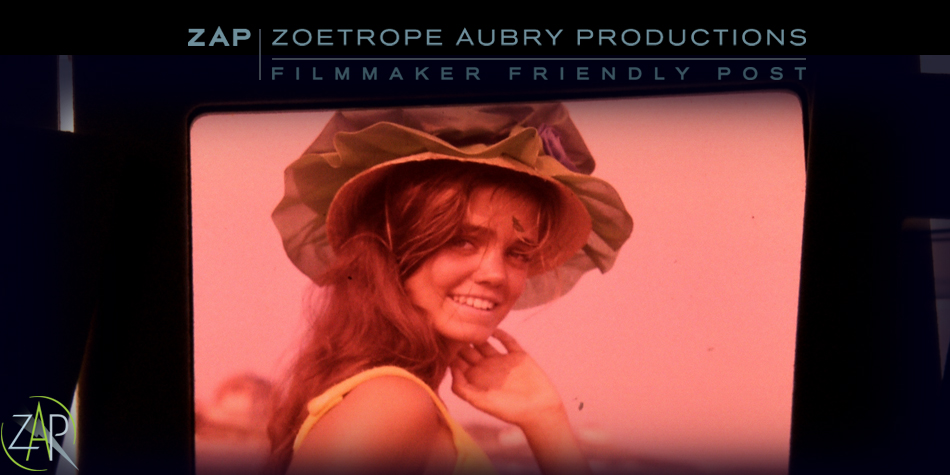CAPTURE FORMATS
If it is an analog SD format such as 3/4” Umatic, Betacam, Hi8 or VHS, we will capture to the native frame size and frame rate using a compressed ProRes codec
720 x 486 pixels 29.97i (NTSC) Apple ProRes 422 | 720 x 576 pixels 25i (PAL). Apple ProRes 422
Embedded Audio: 48 kHz 16bit or 24 bit. Tapes that identify the audio as “stereo” will have embedded stereo pairs. Otherwise, embedded audio will be discreet MONO tracks.
If it is a digital videotape SD or HD format such as Digital Betacam, D2, DV or HDCAM, we will capture to the native frame size and frame rate using a compressed ProRes codec.
720 x 486 pixels 29.97i (NTSC) for DigiBetacam and D2
720 x 480 pixels 29.97i (NTSC) for DV
1920 x 1080 pixels 29.97i, 25i, or 23.98P for HDCAM
1280 x 720 pixels 29.97i for DVCPro
Capturing to uncompressed codecs is at additional cost.
LOGGING and FILENAMES
SOURCE TIMECODE
DROPOUTS
We will log obvious dropouts that we observe during capture, but the basic capture service does not include playback QC. We can’t guarantee that your captures will be glitch or error free. (Especially older tapes, or tapes that have not been well stored.)
IF you want us to RESTORE your media, we can provide that service including full QC, recapture and splicing together the best bits from separate captures and re-exporting a complete continuous file. Edit rates will apply, and we will only provide this service on written request.
VIDEOTAPES THAT DON’T PLAY
DELIVERY
Hard drives will come with a printed catalog of the drive contents, and we will email you a PDF of each catalog.
UNPLAYABLE TAPES / DAMAGE
If your tape has mechanical problems causing a tape jam or tape break, we will do our best to extricate your tape intact.
We won’t be responsible for damage to your tapes.
RATES AND COSTS We bill for actual studio time, NOT run time of your media. The average media run-time to studio time factor is 125%.
For most analog formats, ProRes 422 encoding will not degrade image quality vs. source. Uncompressed files are much larger and may not be playable on normal desktop or laptop computers because of bandwidth limitations.
For example: If you have two tapes, each with 30 minutes of content, and we capture files with a TRT of 60 minutes from them, the billable time is 1.25 Hrs.
(This accounts for tape logging, file naming, cataloging and file management.)
If your material is simple and clearly labeled with few LONG clips, we can sometimes do better than 125%.
Conversely, if your tapes have multiple short clips, if the tape labels and or slates are missing or unclear or if we experience a lot of technical problems during logging and capture (drop outs, time code breaks) requiring multiple re-dos, the factor can increase to $150%, 175% or rarely, as much as 200% of run time.
If we feel there are issues slowing us down, we will contact you to give you the option to have us proceed or not.
We log our actual studio time accurately and we try to be as generous as we can when we do our billing as this is an un-supervised process.
WHY CAPTURE MY TAPES AT ZAP - WHY NOT WALGREENS OR “CAP-CHA MY OLD TAPES DOT COM” HARDWARE VHS: We have a rare professional Sony VHS/S-VHS deck that has Betacam style component (Y, R-Y, B-Y) outputs. We capture via component inputs to our high quality encoder. We are capturing to REC 601 / 4:2:2 using the ProRes codec (42 Mb/sec). Walgreens captures VHS using the lesser quality composite output on their VHS deck usually transforming to DV 25 Mbits/sec. or recording directly to DVD-R. DV / DVCAM / MINI DV: We have a professional studio DV/DVCAM deck that plays back DV media via a high quality built in REC 601 (SDI) uncompressed 4:2:2 output and we capture to ProRes. From our own tests on post projects, we observe better looking decoding of the 25 Mbits DV recording with this on-deck decoder, vs. capturing via Firewire to a DV codec, especially in the dark areas and blacks. (Less macro-blocking.)
In fact, we do not encourage bringing us your family home video VHS and Betamax tapes (even though they are precious), as the Walgreens/Web folks can do a completely adequate job.
Here is what makes our process different:
CAN I GET HD VERSIONS OF MY OLD STANDARD DEF MEDIA?
MONETIZING: If you anticipate wanting to provide clips or stock from your old masters, the media will be more accessible to you if it is organized on neatly catalogued hard drives. You can use these QuickTime files to pull clips, make screener DVDs, and so on.
WHAT ABOUT LONGER TERM ARCHIVING?
COOL LINKS
What to do with your old Betamax Tapes
Videotapes Are Becoming Unwatchable As Archivists Work To Save Them
